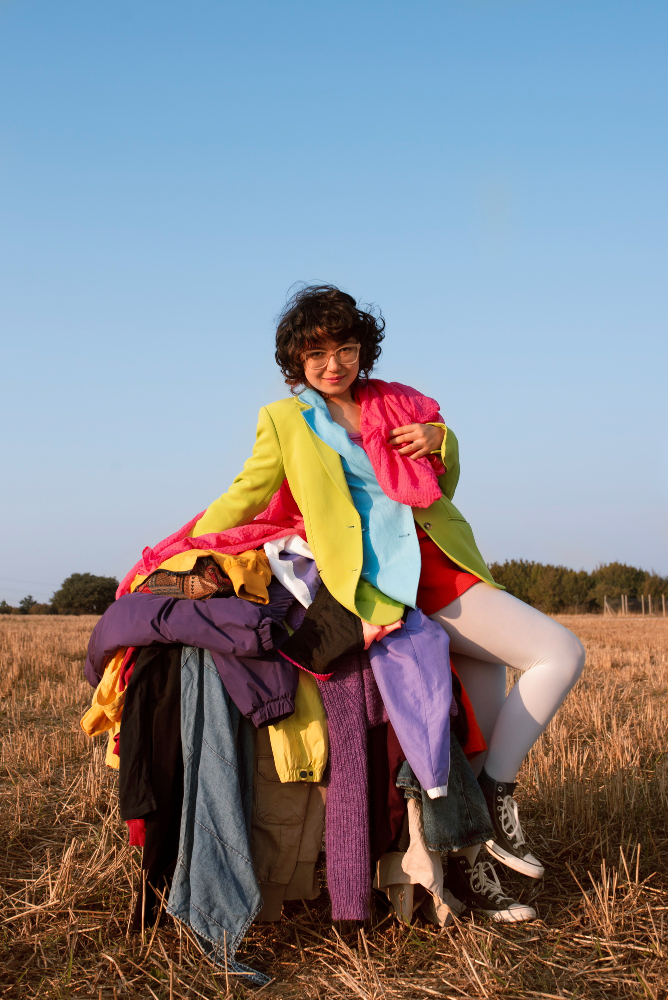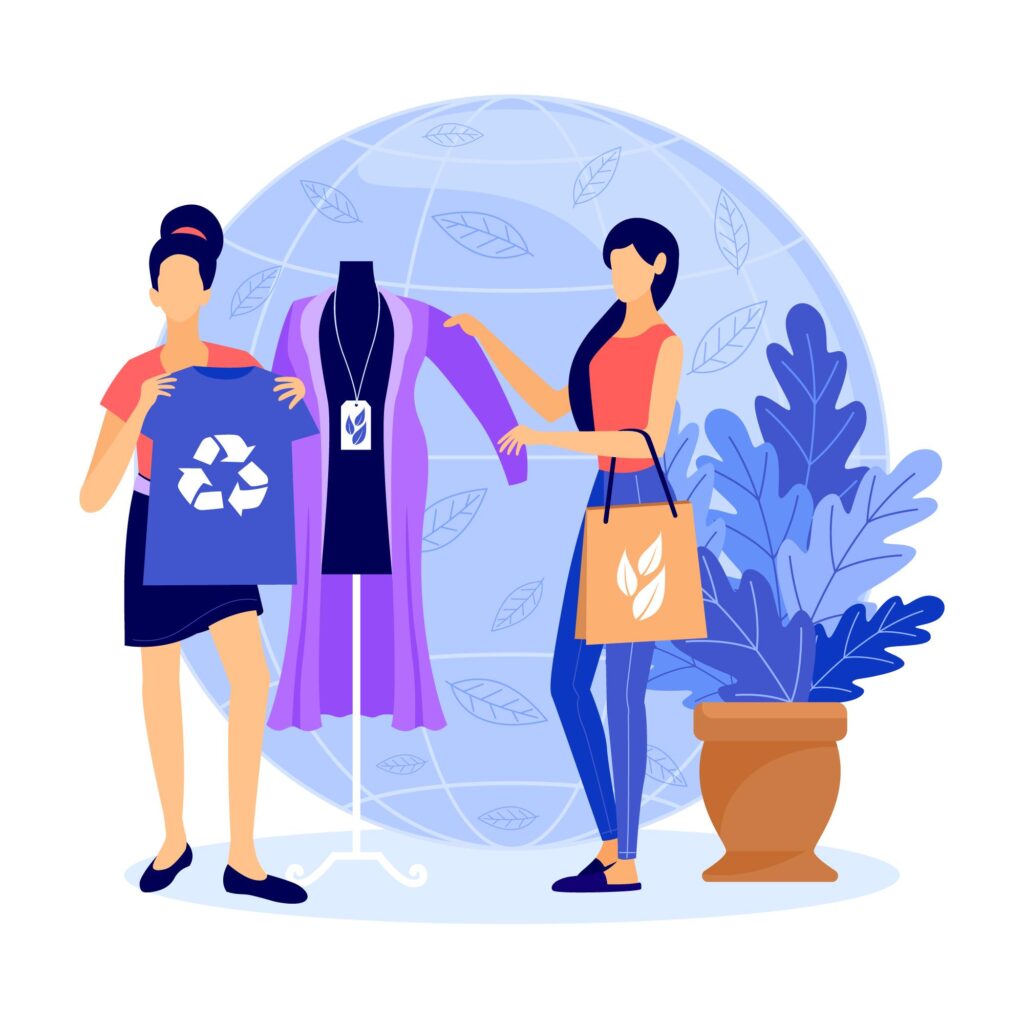Table of Contents
Everything You Need to Know About Ethical Style

In a world where fast fashion dominates, Sustainable Fashion has emerged as a revolutionary movement—one that prioritizes the environment, ethics, and long-term value over cheap trends and mass production. But what is Sustainable Fashion, and why is it so important in today’s fashion landscape?
Whether you’re new to conscious shopping or looking to deepen your knowledge, this guide will walk you through everything you need to know about the Sustainable Fashion movement, its benefits, and how you can make a difference with your wardrobe choices.
Understanding Sustainable Fashion
Sustainable Fashion refers to clothing that is designed, manufactured, distributed, and worn in ways that are environmentally friendly and socially responsible. It takes into account the entire lifecycle of a garment—from the sourcing of materials to production, transportation, and even end-of-life disposal or reuse.
The primary goal of Sustainable Fashion is to minimize harm to the planet and ensure fair treatment for all people involved in the process, from farmers and garment workers to consumers.
Why Is Sustainable Fashion Important?

The fashion industry is one of the largest contributors to pollution globally. From excessive water usage to toxic dyes and unethical labor practices, traditional clothing production has a serious environmental and social impact. Here’s where Sustainable Fashion steps in:
- Reduces waste and landfill overflow
- Minimizes carbon emissions and water pollution
- Promotes fair wages and working conditions
- Encourages conscious consumerism
- Supports long-lasting quality over quantity
Making the shift to Sustainable Fashion isn’t just a trend—it’s a necessity for a healthier planet and a more humane world.
Key Principles of Sustainable Fashion
To truly embrace Sustainable Fashion, it’s important to understand the guiding values behind the movement:
1. Eco-Friendly Materials
Brands are using organic cotton, hemp, bamboo, and recycled fabrics to lessen their environmental footprint.
2. Ethical Labor Practices
Sustainability goes beyond fabric—it includes providing safe, fair working conditions and living wages to all workers.
3. Low-Impact Production

Using less water, non-toxic dyes, and renewable energy sources are essential in reducing industrial pollution.
4. Slow Fashion Over Fast Fashion
Instead of chasing new trends weekly, Sustainable Fashion encourages thoughtful design and durable pieces that last.
5. Circular Fashion
This concept promotes reusing, recycling, and repurposing clothes instead of discarding them—keeping them in use and out of landfills.
How You Can Support Sustainable Fashion
Transitioning to a more sustainable wardrobe doesn’t mean you need to throw out everything and start over. Here are a few practical steps:
- Buy less, choose better: Invest in timeless, high-quality pieces.
- Shop secondhand or vintage: Thrift stores and online resale platforms offer great options.
- Support ethical brands: Look for companies that are transparent about their sourcing and labor practices.
- Care for your clothes: Wash on cold, air dry, and repair damaged items instead of replacing them.
- Recycle or donate: Keep clothes out of landfills by giving them a second life.
5 Frequently Asked Questions (FAQ)
Q1: What’s the difference between sustainable and ethical fashion?
A: Sustainable fashion focuses on environmental impact, while ethical fashion emphasizes fair labor practices. However, many brands strive to meet both standards.
Q2: Is sustainable fashion more expensive?
A: Initially, yes, but you’re investing in higher-quality pieces that last longer, saving money in the long run. Sustainable Fashion also supports better wages for workers and eco-friendly processes.
Q3: How can I tell if a brand is truly sustainable?
A: Look for certifications like GOTS, Fair Trade, or OEKO-TEX. Check the brand’s transparency, material sourcing, and production practices.
Q4: Can fast fashion ever be sustainable?
A: Some fast fashion brands are trying to include eco-conscious lines, but the overall business model of overproduction is at odds with true Sustainable Fashion values.
Q5: Is buying secondhand considered sustainable fashion?
A: Absolutely! Secondhand shopping is a key part of Sustainable Fashion because it extends the life of garments and reduces waste.
Final Thoughts
Sustainable Fashion is more than a buzzword—it’s a lifestyle choice that supports people, the planet, and long-term style. By educating ourselves and making small, conscious changes, we can each contribute to a fashion future that values quality, ethics, and environmental care over speed and excess.
Whether you’re investing in eco-friendly materials, supporting ethical brands, or simply caring better for what you already own, every choice matters. Join the Sustainable Fashion movement today—because fashion should never come at the cost of the planet or its people.





